Below are full colour reproductions of four paintings by John Downie which appear alongside their texts, in black and white, in brief issue 56. To mark the transition, we have also included a further poem and image by Downie here: Black White Colour.
John Downie’s book, The Only Time: an autobiography in twelve pictures, is forthcoming from Steele Roberts this year. (Click images to view them in more detail).
1967
The only time
Black and white changed
Into colour
I was in the very room
A forward sense of myself
Had sneaked me
Through a broken back-window
Into the Magic Theatre
Convinced I alone could manipulate and mix up
Puppets, masks, light
With disputational voices
Into the reality
Of an illusion
However
The apparatus already had its own ideas
About the polychromatic possibilities
Of the spectacle
In which as many lives
As were seemingly being lived
In every scoured quarter of the Earth
Could be elided through past and future
Into a perpetual present
Pixellating pure motion
Incessant song
Agonies of the heart
Ecstasies of commodification
Bleeding scarifications of the political will
All together
Into vibrant, cool
Illusions of a reality
Available, night and day
With no more required effort
Than the restless flicking
Of opposable thumbs
Without any need at all
For my feverish monochrome adolescence
To help animate them
UNIFORM 1943
CHE 1967
BED 1970
ASYLUM 1989
The accompanying text for these paintings appears in excerpt from The Only Time, which appears in brief issue 56.
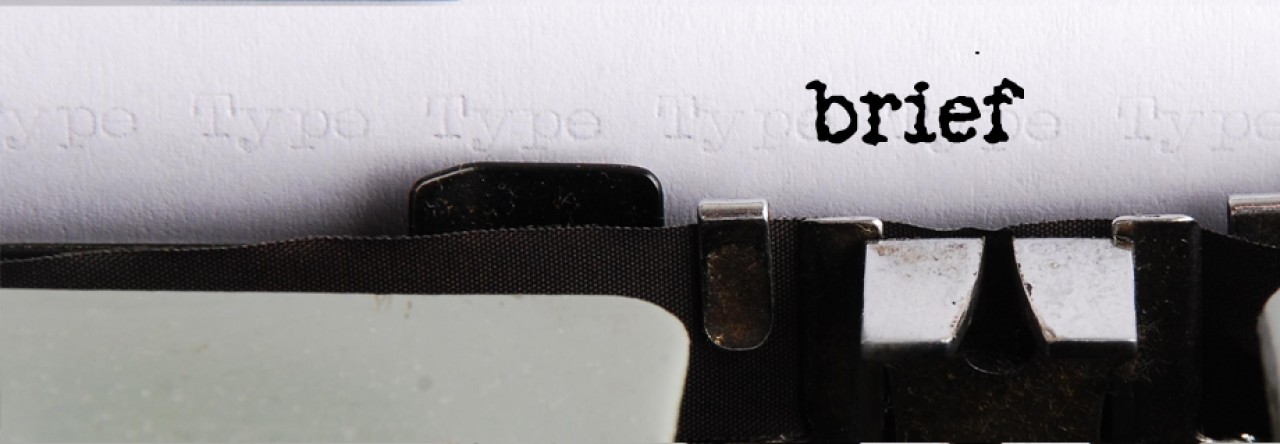
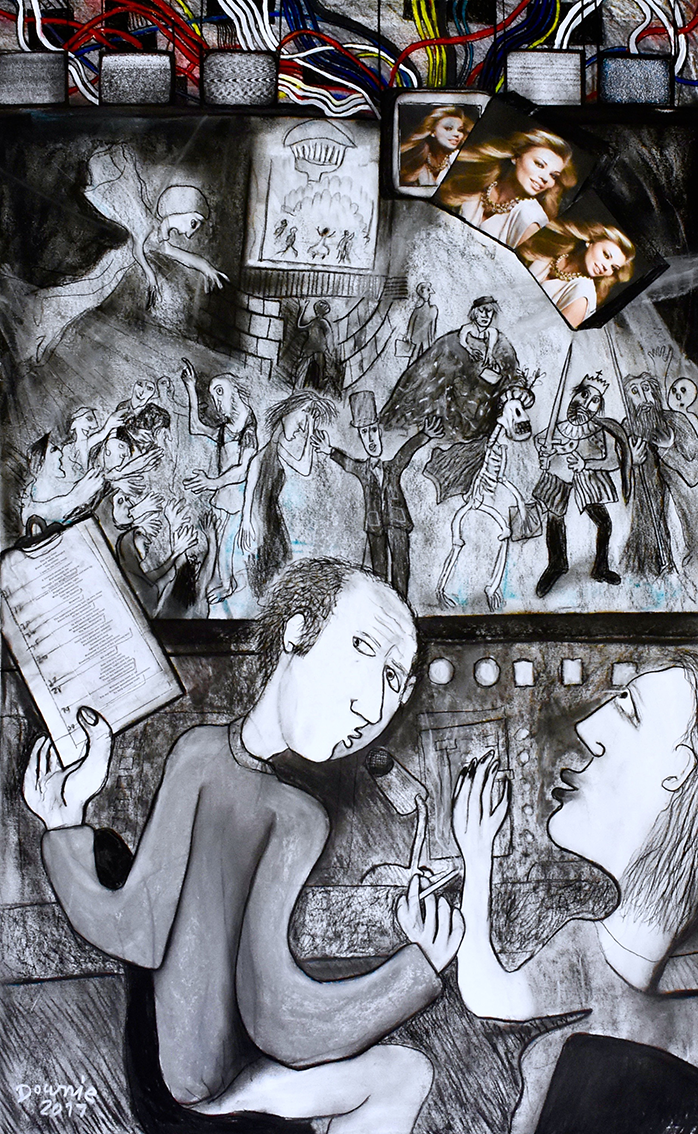
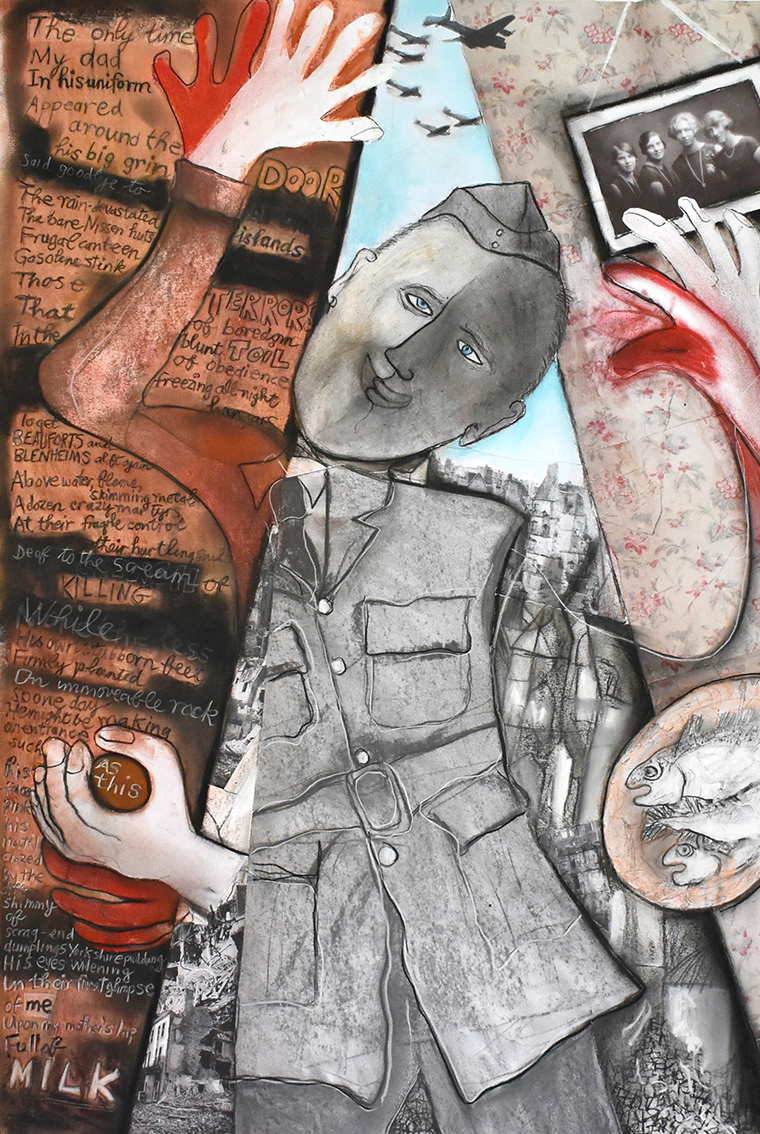
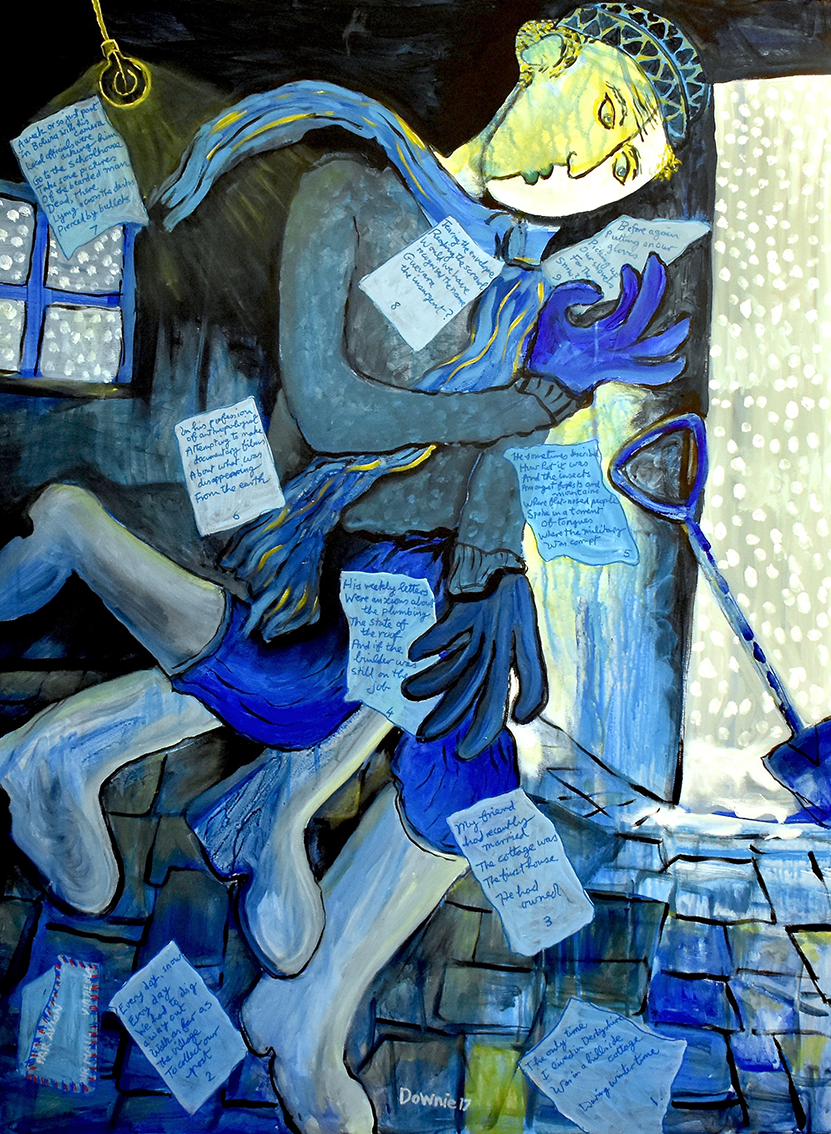
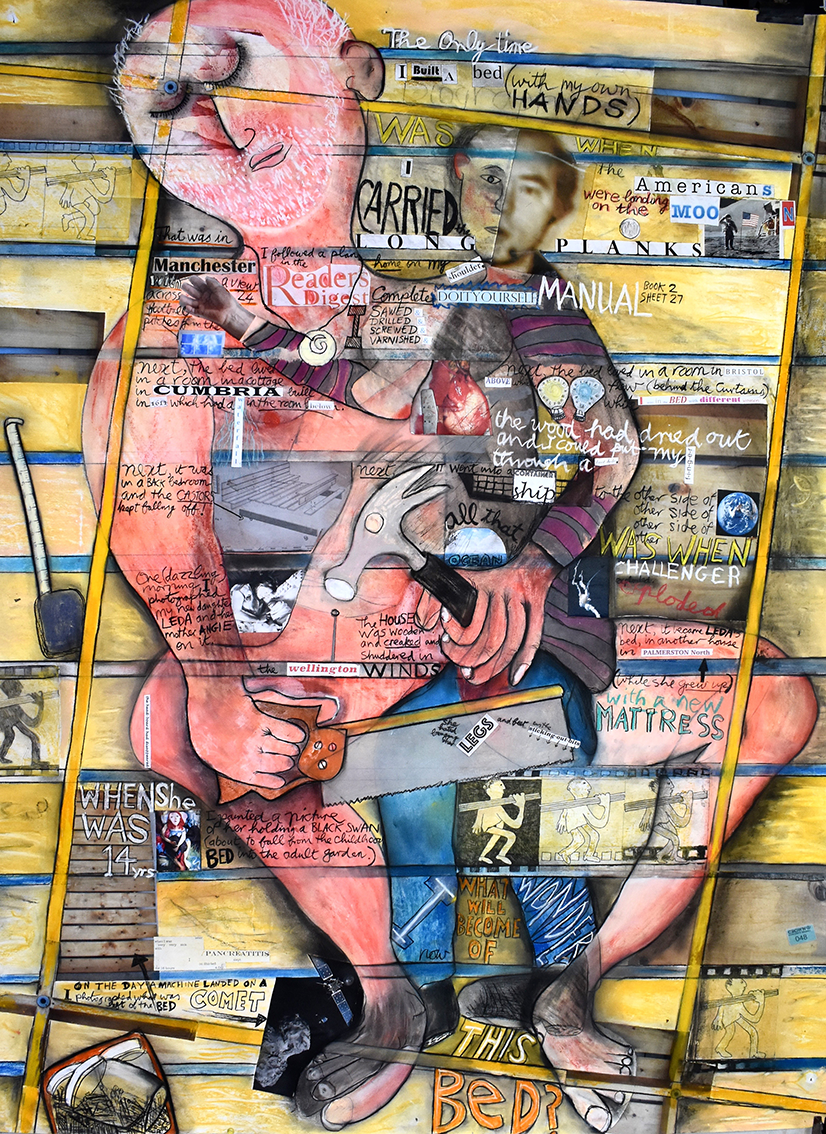
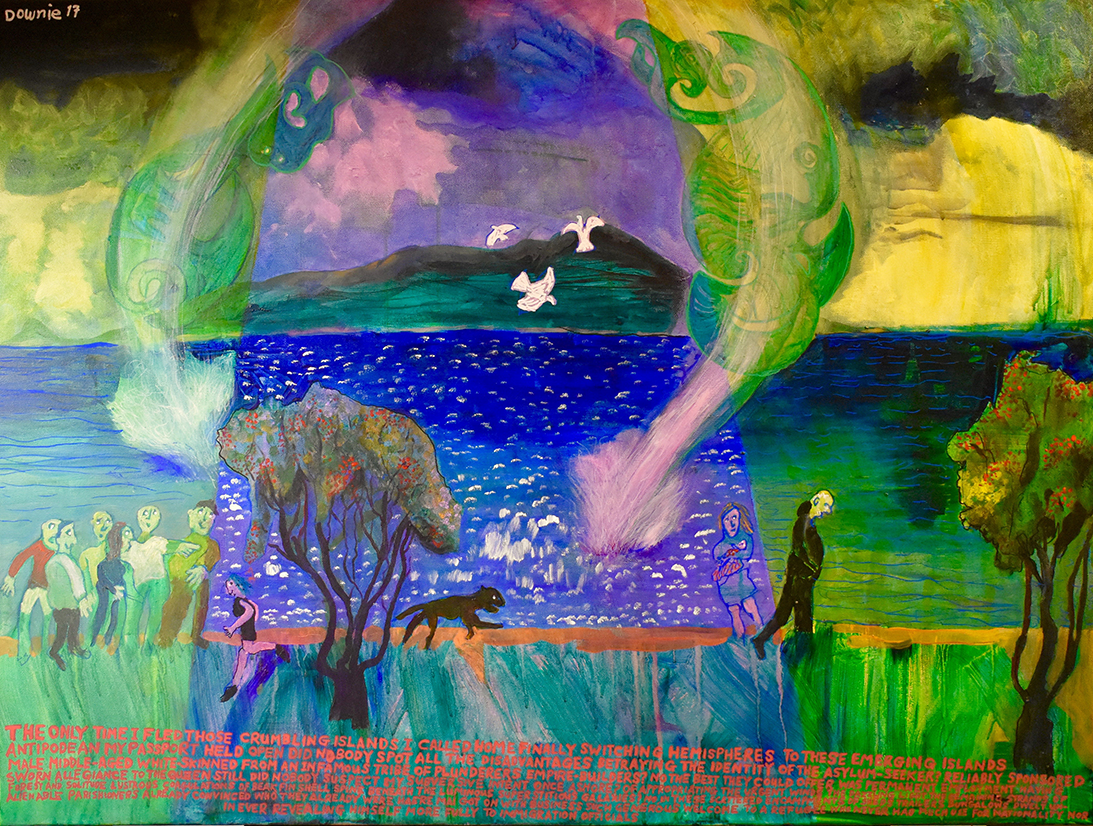
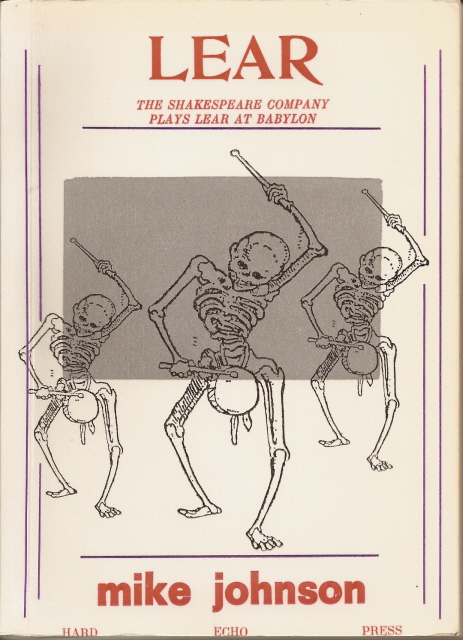
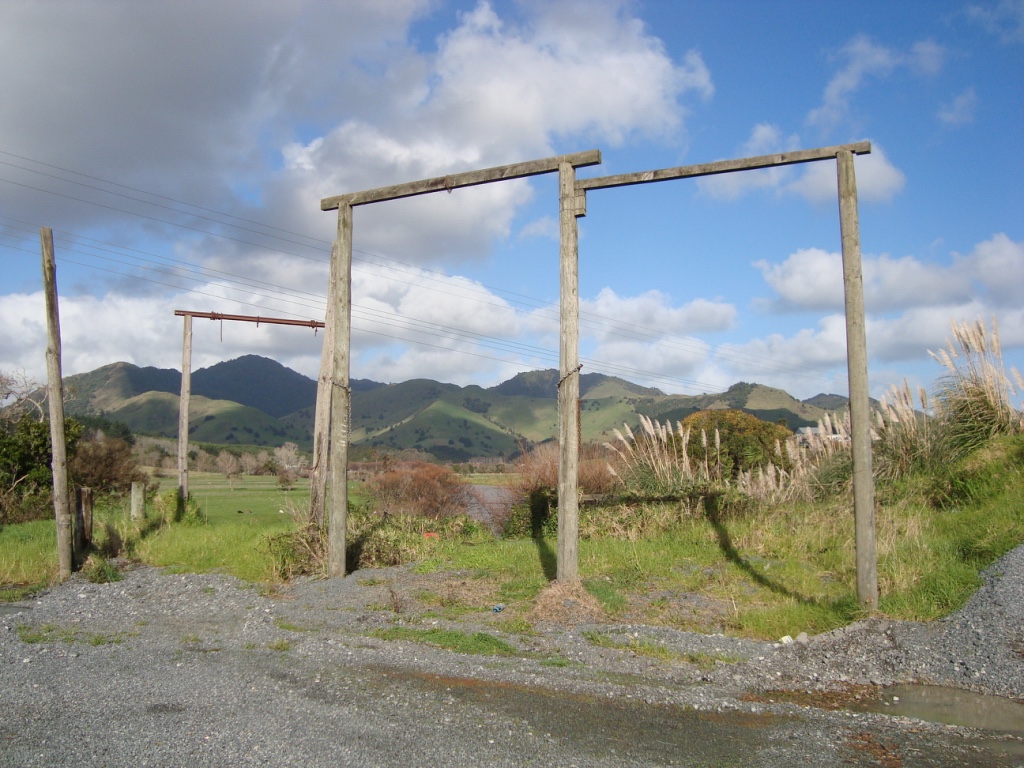
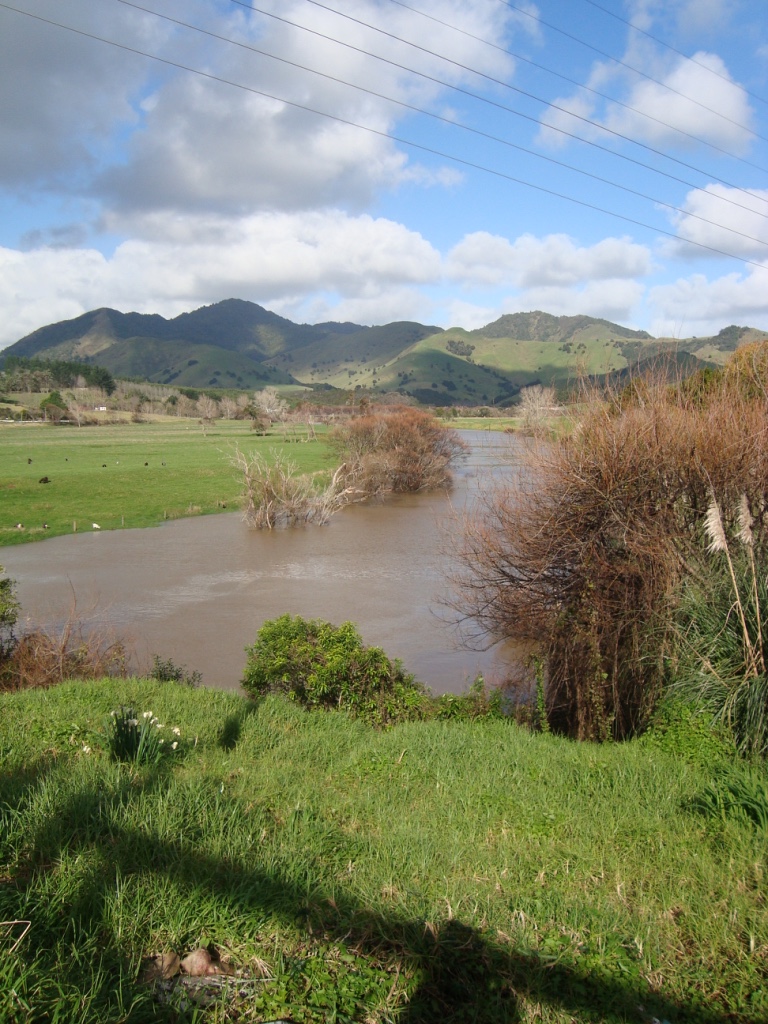
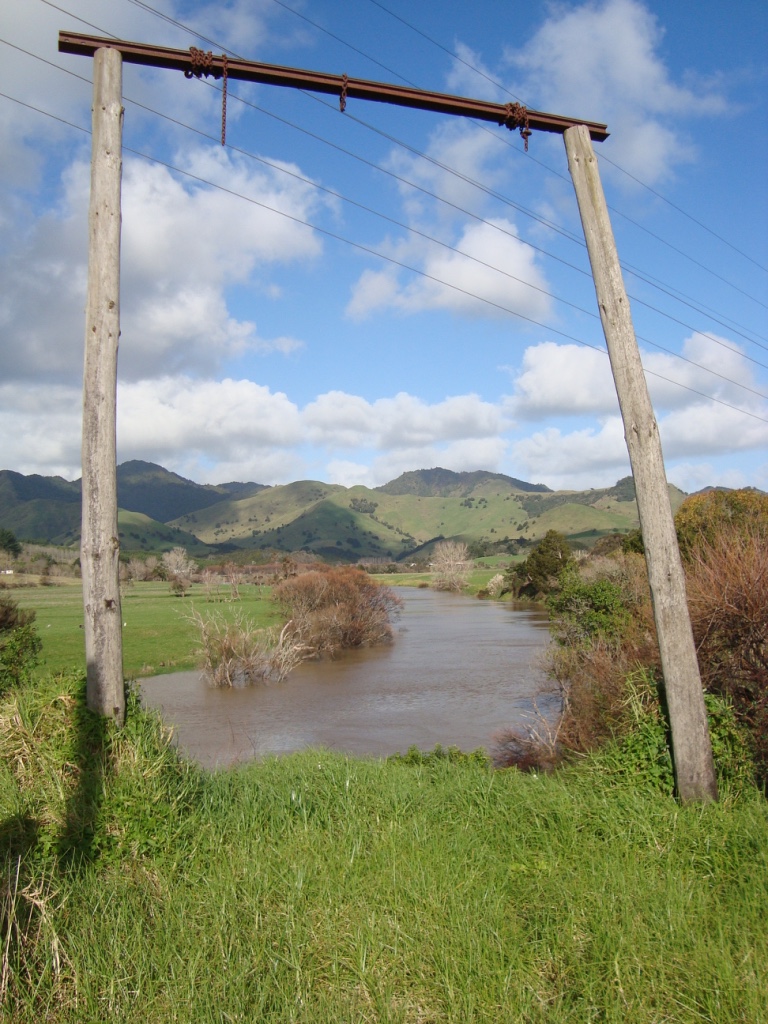
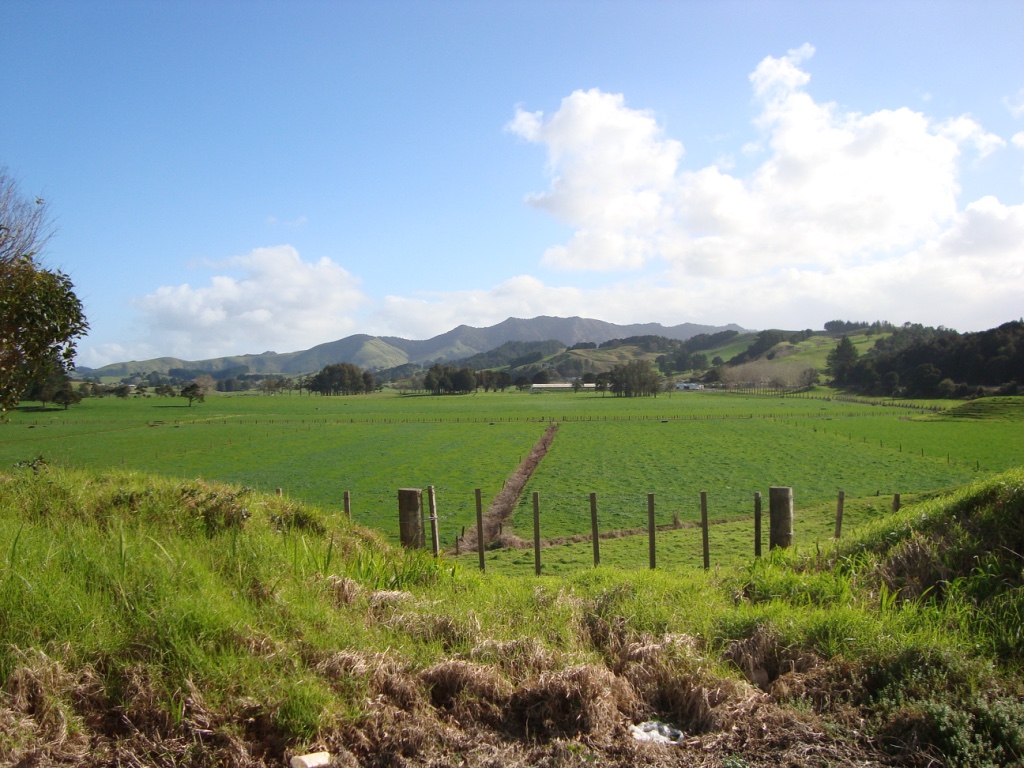
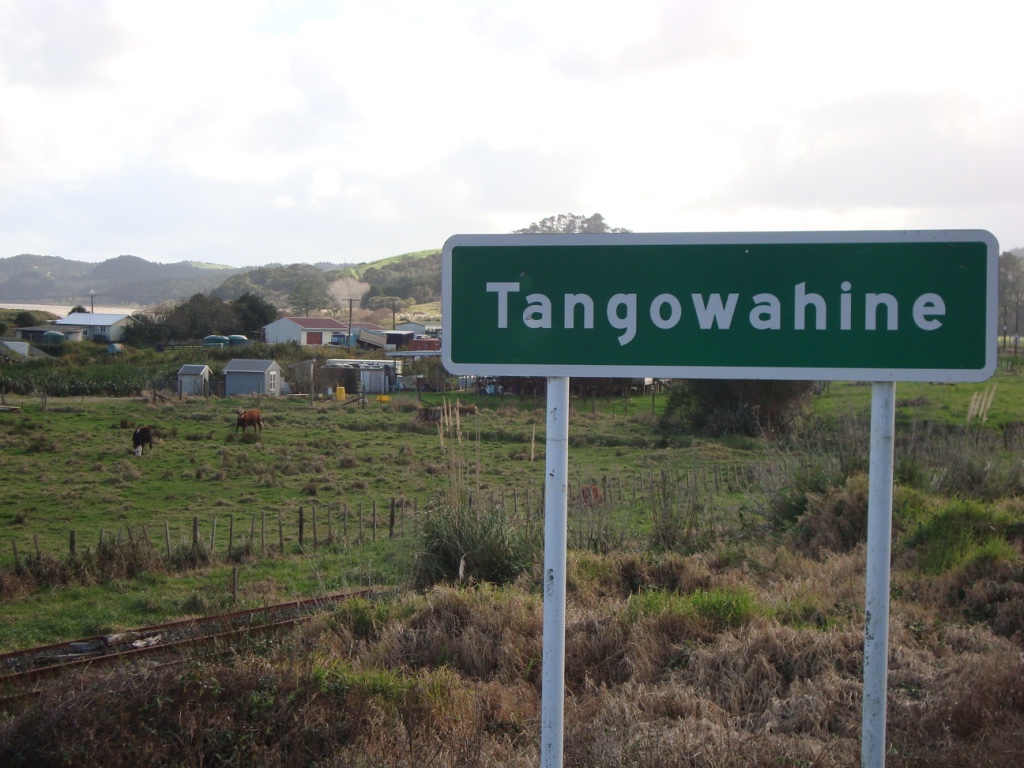
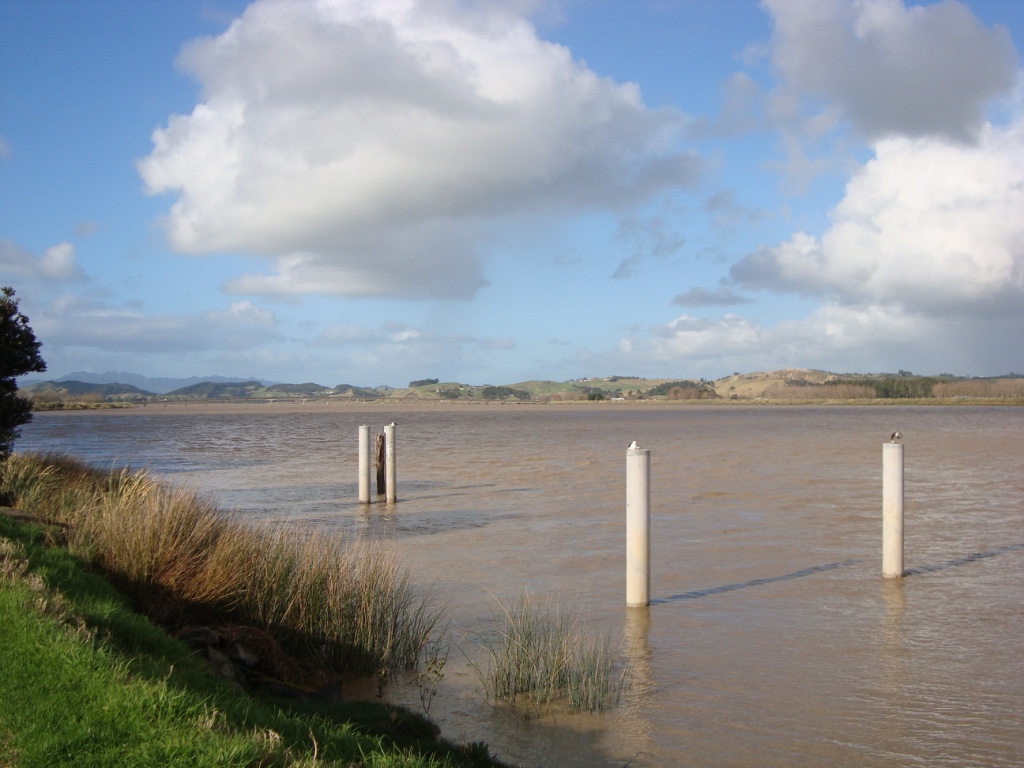
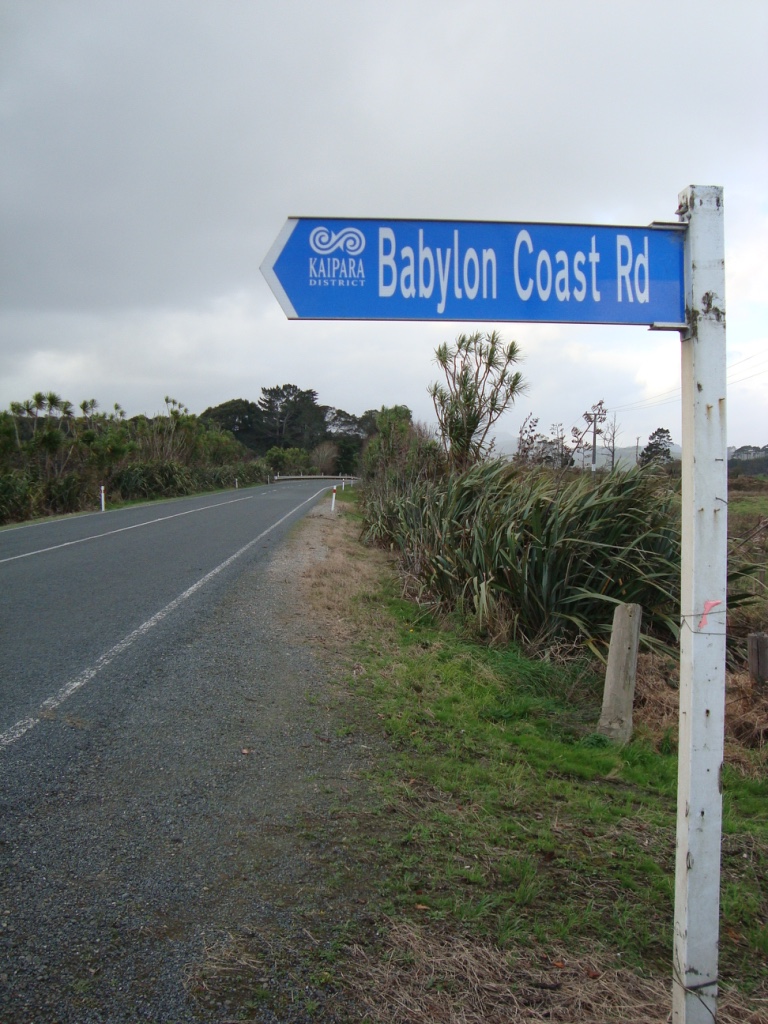
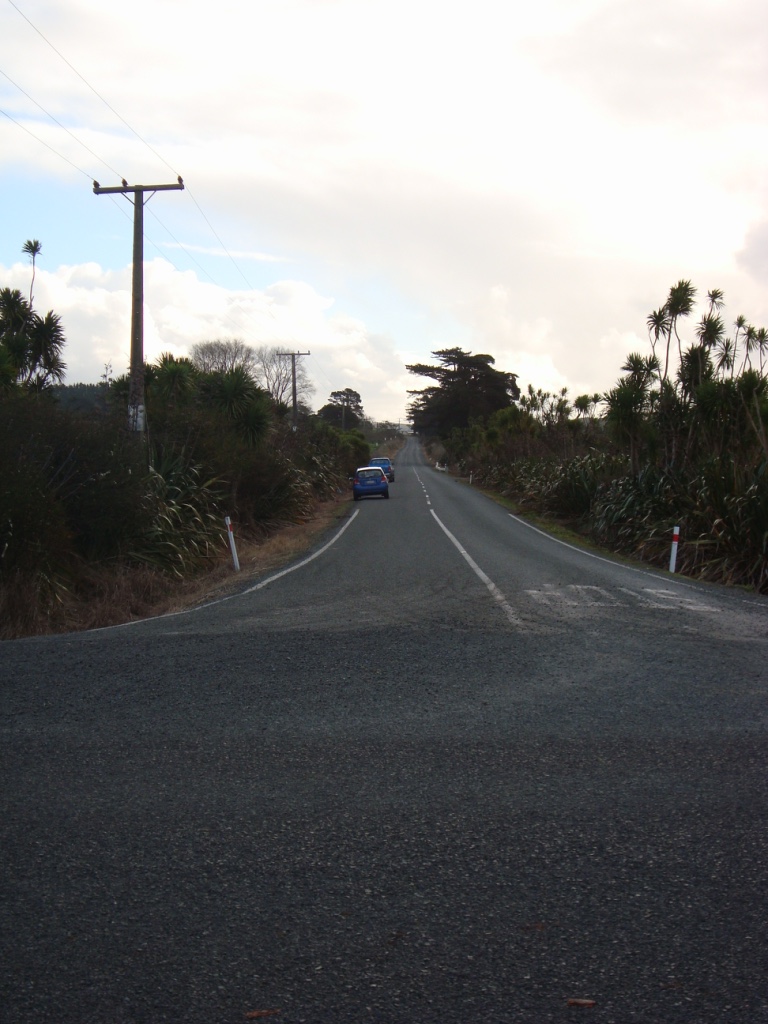
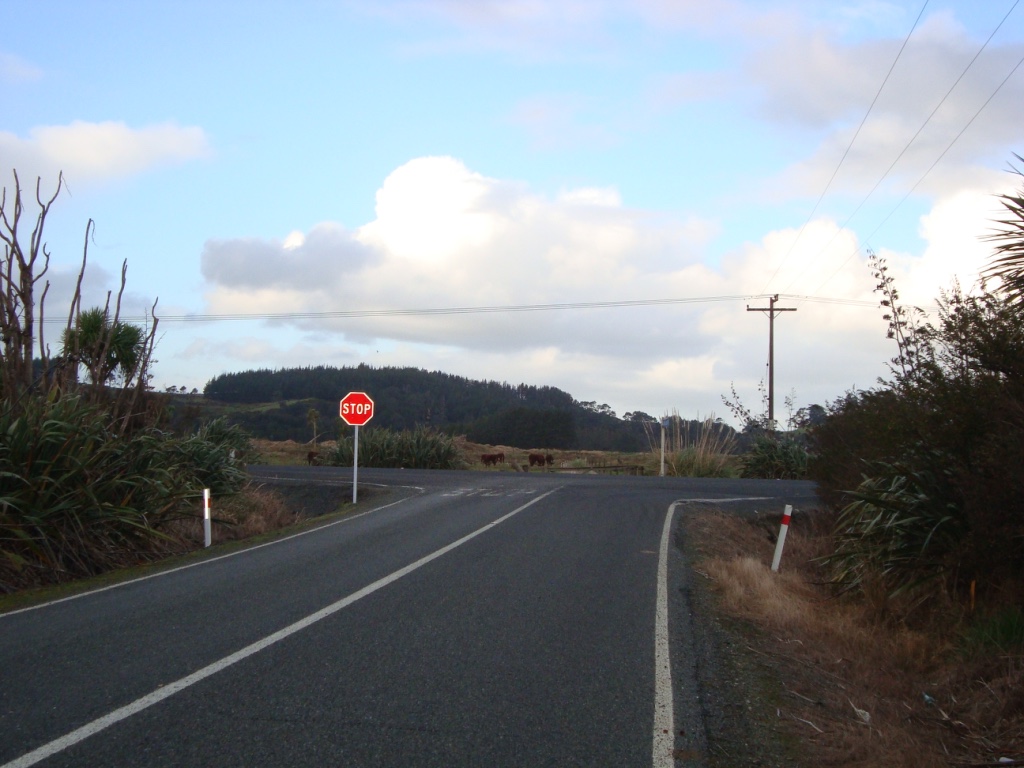
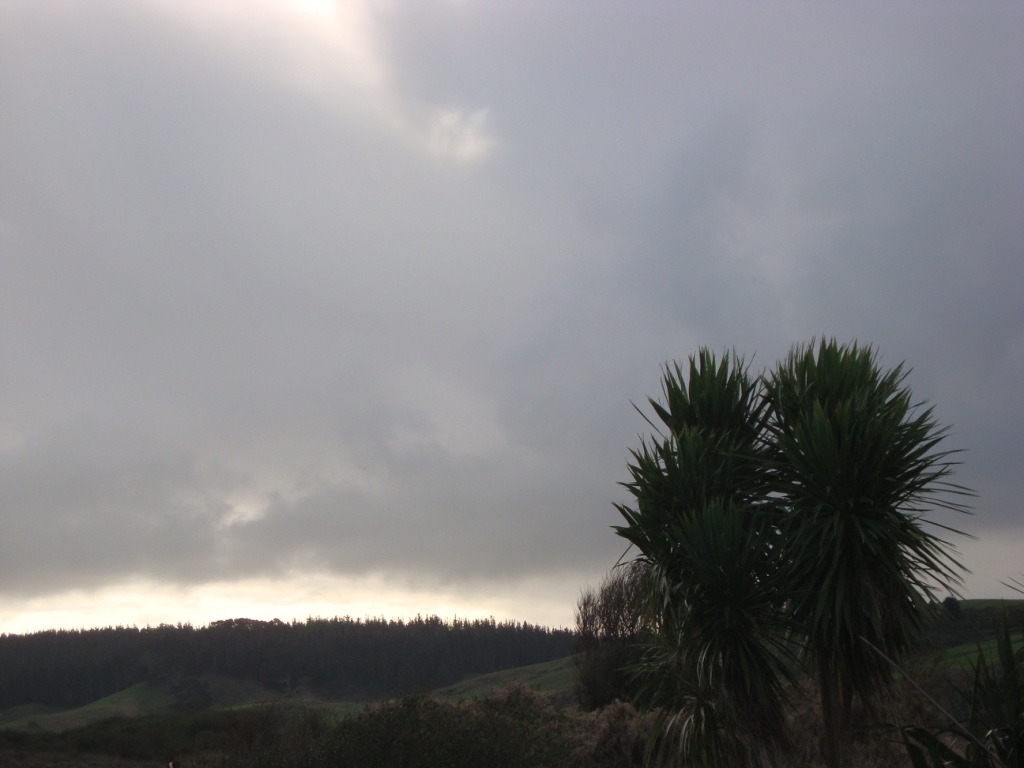
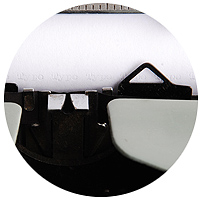 Brief is an independent print journal based in New Zealand - a space for new writing: interesting, experimental, adventurous, challenging, alternative, and exploratory.
Brief is an independent print journal based in New Zealand - a space for new writing: interesting, experimental, adventurous, challenging, alternative, and exploratory.